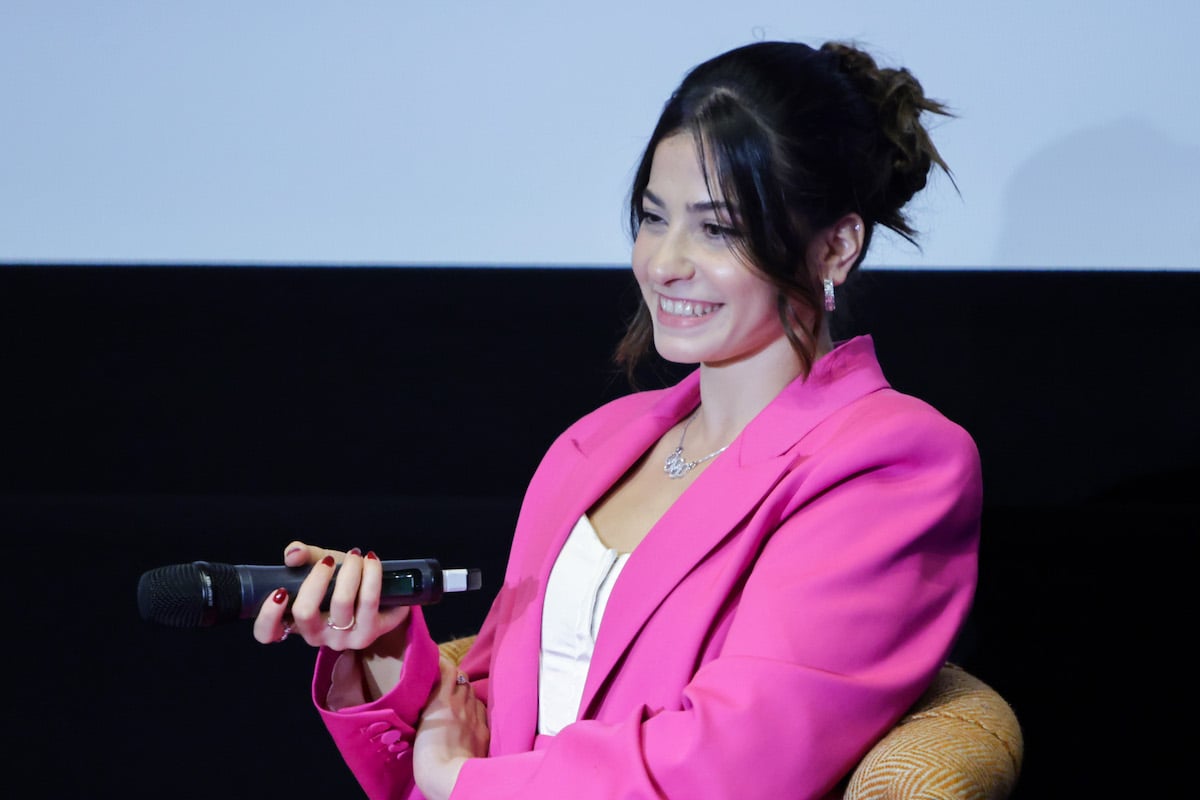
‘The Swimmers’ Real-Life Sisters Detail Harrowing True Story
In November 2022, Netflix premiered the film The Swimmers on its platform. The movie is about real-life sisters Sara and Yusra Mardini and their journey to escape the Syrian Civil War. Yusra also famously competed in the Olympics afterward.
Since the release of The Swimmers, the Mardini sisters have opened up about their stories in interviews. They also gave a detailed account of one harrowing scene in the movie.
What is Netflix’s ‘The Swimmers’ about?
The Swimmers start out by taking viewers into Sara and Yusra’s life in Damascus, Syria, at the start of the civil war in 2011. The two sisters are competitive swimmers who dream of one day representing their country at the Olympics. However, as the war drags on, they find it increasingly difficult to stay in Syria.
In 2015, Sara and Yusra leave Syria and go to Europe. Accompanied by their cousin, Nizar, and other refugees, they go to Turkey and take a boat to Greece. Then, they cross through various Eastern European countries before making it to Berlin, Germany.
When in Berlin, Sara and Yusra find a swimming club where they can train. They also meet Sven, a swimming coach who sees great potential in them. Sara eventually loses interest in competitive swimming and stops training, but Yusra continues to work with Sven in hopes of achieving her Olympic dreams.

The movie shows Yusra making it to the 2016 Olympics in Rio de Janeiro as a member of the newly-created Refugee Olympic Team. Meanwhile, Sara cheers on her sister and becomes a volunteer aid worker who helps refugees in Lesbos, Greece.
Real-life Sara and Yusra Mardini describe their boat journey to Greece
One harrowing part of the sisters’ journey to Europe, as seen in The Swimmers, was their boat trip from Turkey to Greece. They and over a dozen refugees were smuggled via a small motor boat. The boat eventually stopped working and started sinking. As a result, Sara, Yusra, and two other people had to push the boat for hours toward land.
Sara and Yusra talked about this experience in a video promoting the movie.
“I was in the water, and the only thing I can think about is how the salt was on my neck, my eyes, my face,” Yusra said. “I was just seeing the island but never getting there. And I was really, really afraid that, if something happens, they will pull me and my sister down because they knew we were swimmers.”
Sara explained that she initially did not want Yusra to go into the water, saying, “I was screaming in the water saying, ‘Do not let her jump,” because I thought, if she would go in the water, she might die. And in that moment, I realized that my sister is way stronger than I thought she is.”
The boat managed to get to the Greek island of Lesbos, and the refugees got help from aid workers before continuing their journey to other parts of Europe.
Real-life sisters portray Sara and Yusra Mardini
A part of what makes The Swimmers a great story is the two main actors who play Sara and Yusra. The Mardini sisters are portrayed by real-life Lebanese sisters Nathalie Issa and Manal Issa.
In an interview with Cinema Daily US, Nathalie (who plays Yusra) revealed that Manal originally auditioned for Sara by herself. When Manal found out director Sally El Hosaini was still looking for someone to play Yusra, Manal got Nathalie on board.
The real Yusra also commented in the Netflix promotional video that Nathalie and Manal’s relationship dynamic “is very, very similar to mine and Sara’s.” However, Nathalie shared that the one difference is that she and Manal did not grow up competing with each other in the same way Sara and Yusra did.
In addition to real-life sisters, El Hosaini told Forbes the film hired refugees to participate. She shared, “We actually cast a lot of refugees in the movie who had taken the same journey themselves, and there were refugees working on the film behind the scenes, and all of that helped to make sure that we were telling the story the right way.”


